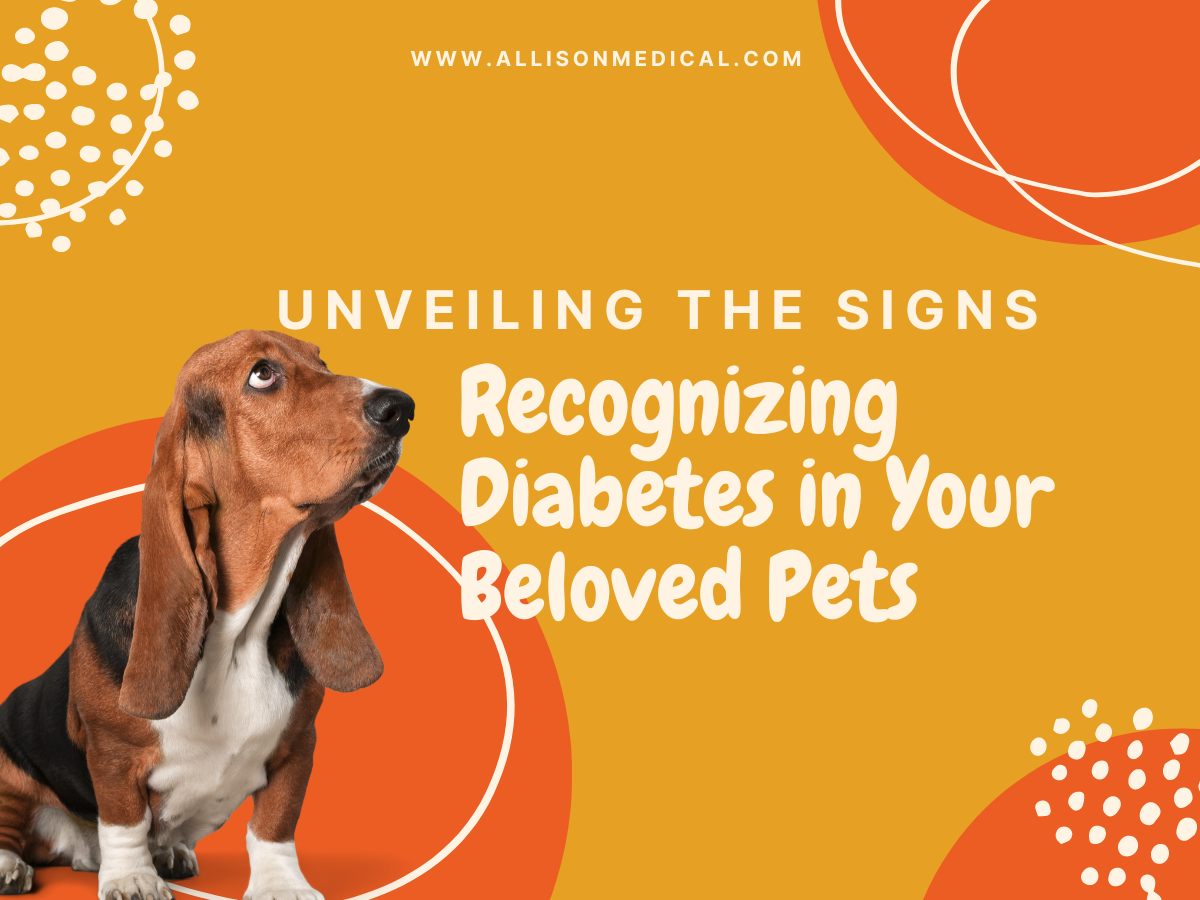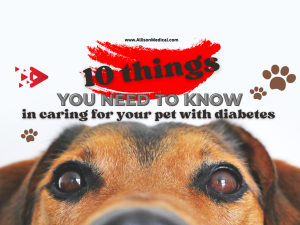Introduction:
As pet owners, our furry companions bring immeasurable joy and love into our lives. However, just like humans, pets can also be susceptible to certain health conditions, and one of them is diabetes. Recognizing the signs of diabetes in pets is crucial for early intervention and effective management. In this blog, we’ll delve into the symptoms that may indicate diabetes in your beloved pets and explore how to identify them.
Signs of Diabetes in Pets:
1. Excessive Thirst and Urination:
– Pets with diabetes often experience increased thirst (polydipsia) and urination (polyuria). If you notice your pet drinking more water than usual or having frequent bathroom breaks, it could be a red flag.
2. Change in Appetite:
– Diabetes can lead to fluctuations in appetite. While some pets may exhibit an increased hunger (polyphagia), others might lose interest in food. Monitor your pet’s eating habits for any noticeable changes.
3.*Weight Loss:
– Unexplained weight loss is a common symptom of diabetes in pets. Despite a seemingly normal or increased appetite, the body is unable to utilize glucose properly, leading to weight loss.
4. Lethargy and Weakness:
– Diabetic pets may appear lethargic or weak. If your once energetic pet seems unusually tired or has difficulty maintaining its usual activity levels, it’s essential to investigate further.
5. Cloudy Eyes (Cataracts):*
– Diabetes can contribute to the development of cataracts in pets, leading to cloudy or opaque eyes. Regular eye checks can help detect this symptom early on.
6. Unpleasant Breath Odor:
– Pets with diabetes may exhibit a sweet or fruity odor on their breath, which is often a result of the body breaking down fat for energy. Pay attention to any unusual smells emanating from your pet’s mouth.
Recognizing the Signs:
– Observation: Being attentive to changes in your pet’s behavior, eating habits, and energy levels is crucial. Regularly observe and interact with your pet to notice any deviations from their normal routine.
– Veterinary Consultation: If you observe one or more of the mentioned symptoms, it is advisable to seek prompt veterinary consultation. A veterinarian can perform diagnostic tests, including blood glucose measurements, to confirm or rule out diabetes.
Conclusion:
Understanding the signs of diabetes in pets empowers pet owners to take proactive measures in ensuring the well-being of their furry friends. Early detection and intervention play a pivotal role in managing diabetes effectively. If you suspect that your pet may have diabetes, consult with your veterinarian promptly for personalized guidance and a tailored treatment plan.
References:
1. American Veterinary Medical Association (AVMA). “Diabetes in Pets.”
2. Merck Veterinary Manual. “Diabetes Mellitus in Dogs and Cats.”
3. PetMD. “Diabetes in Dogs: Symptoms, Causes, and Treatment.”
4. Cornell University College of Veterinary Medicine. “Diabetes Mellitus.” 5. The Humane Society of the United States. “Diabetes in Dogs.”









